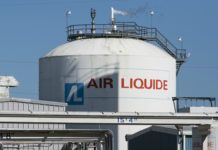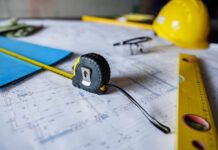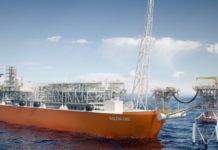Kate MacArthur is worried about the roads in her parish. If most of the industrial projects planned for Ascension Parish break ground in the next year or two, the resulting surge in contractors and plant workers traveling down area highways could become unmanageable.
At last count, there were some 22 planned projects in Ascension and St. James parishes – 11 above $1 billion in cost – representing the highest concentration of industrial investment in the state.
“All these jobs we’re adding are great, but they’re projecting some 1,400 new permanent jobs over the next five years,” says MacArthur, president/CEO of the Ascension Economic Development Corp. “That means 1,400 more cars.”
The number is exponentially higher when accounting for construction traffic. “The big question at the moment is where can we park people so that there aren’t 2,000 to 4,000 additional cars driving into the same area every day?”
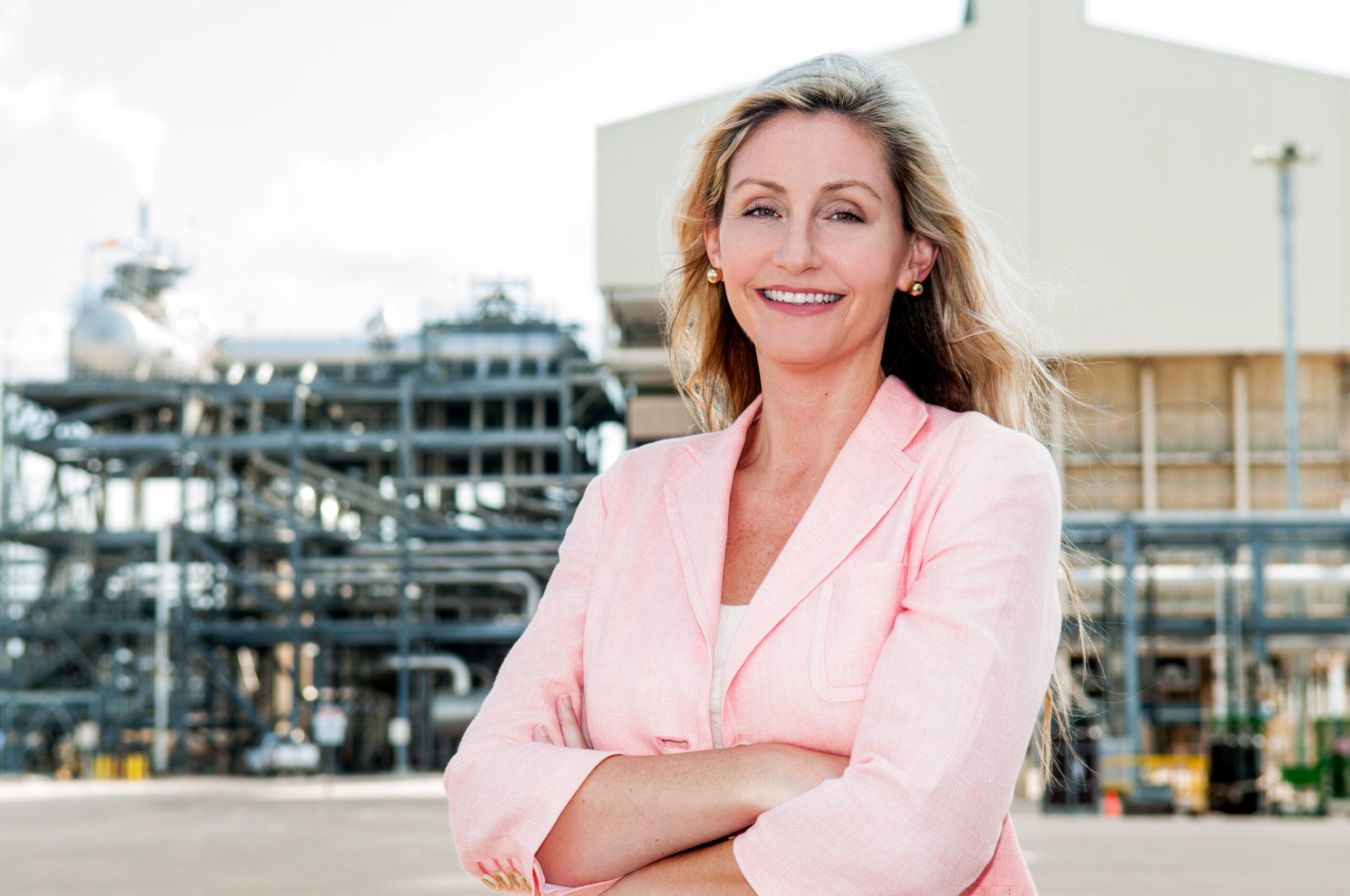
KATE MACARTHUR, president and CEO, Ascension Economic Development Corp. (Don Kadair)
While the parish’s infrastructure needs are glaringly obvious, progress toward a solution has been slow.
In April 2022, a group of stakeholders comprised of local government officials, industry representatives and community leaders created the Highway 30 Coalition for the purpose of securing funding and potentially accelerating the expansion of the heavily traveled highway.
“LA 30 needs to have an additional lane in each direction, and so does LA 73,” MacArthur says. “They provide the main access to the interstate and other areas. That’s the number one challenge.”
Strains on the power grid are another concern, says economist Loren Scott of Loren C. Scott & Associates in Baton Rouge. “Entergy is making the case that more transmission lines need to be built along that corridor,” Scott says. “That’s because out of the dozens of projects announced from West Baton Rouge to St. Charles … most of them are in Ascension and St. James parishes.”
Fortunately, there has been some recent progress on the infrastructure front. A section of LA 70 is currently being widened as part of a $53.2 million project stretching from LA 22 in Sorrento to the base of the Sunshine Bridge. And another $29 million is being spent to construct two-lane roundabouts at the on- and off-ramps on both sides of the I-10/LA 30 interchange and farther west at the intersection of LA 30 and South St. Landry Road.
“We’re also optimistic about a new economic development district the parish created around the LA 30 industrial corridor,” MacArthur adds. “That will provide a pathway for receiving matching funds to widen LA 30 and move projects along faster.”
Tom Yura, vice president of operations – Americas, Mitsubishi Chemical Group in Geismar, says anyone who has worked in Ascension Parish long enough knows that roads are an issue. “People will welcome us, but they won’t get too excited if we’re negatively impacting traffic,” Yura says.
Mitsubishi plans to build a $1 billion facility on a 77-acre site in Geismar that could produce up to 385,000 tons annually of methyl methacrylate, a chemical used in a variety of paints, adhesives, building panels and other acrylic polymers.
The project, to be located on LA 30 between BASF and Rubicon, is expected to create 125 direct jobs and 669 indirect jobs. Construction could begin as early as this summer.
“Dealing with road congestion and how to get construction folks and employees to the jobsite without negatively impacting the community … those are important issues to us,” he adds.
Yura, who is also chairman of the Greater Baton Rouge Industry Alliance, plans to work with local officials and other owners to find solutions, which could include staggering shift schedules, locating off-location parking lots for workers and using mass transportation.
“We have to find ways to minimize the impact through traffic solutions and supporting long term road improvements … because there are a lot of people there now.” He plans to join the Hwy. 30 Coalition to help support their efforts.
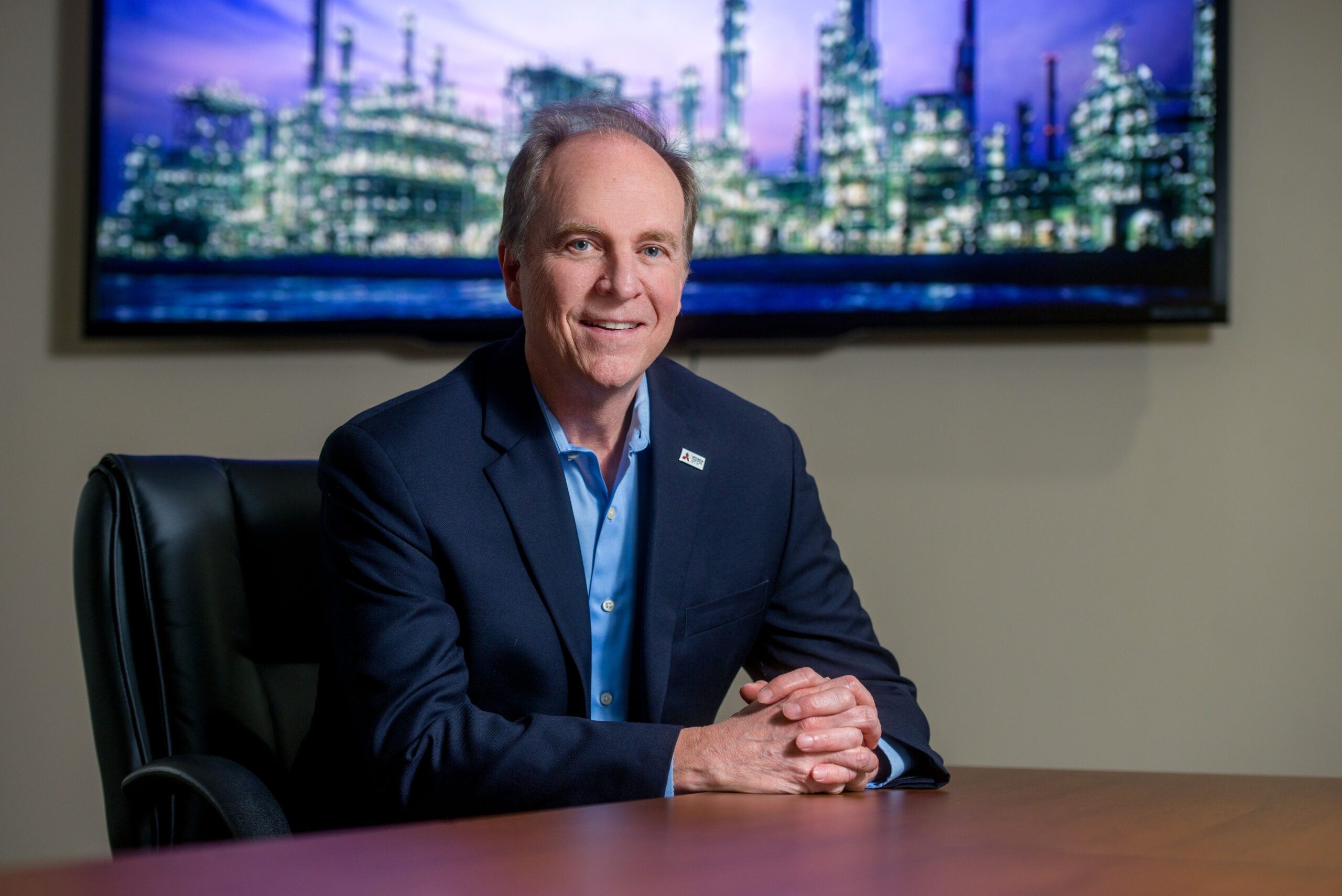
Tom Yura, vice president of operations – Americas, Mitsubishi Chemical Group in Geismar (Don Kadair)
Inventing a Solution
When Air Products recently needed help transporting construction workers to and from its new blue hydrogen facility in Darrow, T3 Industrial Solutions of Baton Rouge came up with a decidedly unique idea. Why not use double-decker buses – the same kind used to transport tourists in New Orleans, New York and London – to carry employees to the site?
As a first step, they contacted the Lamar Dixon Expo Center about constructing a parking lot on their property.
“They loved the idea,” co-owner Trent Davis says, “since there were about 40-plus acres of unused land that we were going to develop at no cost to them. We entered into a Cooperative Endeavor Agreement to facilitate the parking and busing – not just for Air Products, but for any other major project or event in the area.”
Today, there are some 4,500 parking spaces at Lamar Dixon. Additionally, the contractor has procured 10 of the double-decker buses from an overseas seller – with the first arriving in February. They estimate that each bus will take some 81 cars off the road.
T3 Industrial Solutions is asking for 60-day lookaheads from their clients to ensure they have an adequate number of buses to meet the need. “We’re trying to stay out ahead of it,” he says, because you can’t just snap your fingers and get a double-decker bus.”
With the scarcity of the workforce, Davis feels the buses will help owners attract workers. “These aren’t just old beat-up school buses,” he adds. “They have individual bucket seats, so the workers will feel like they have their own space. It’s going to change the employee bussing and transportation game.”
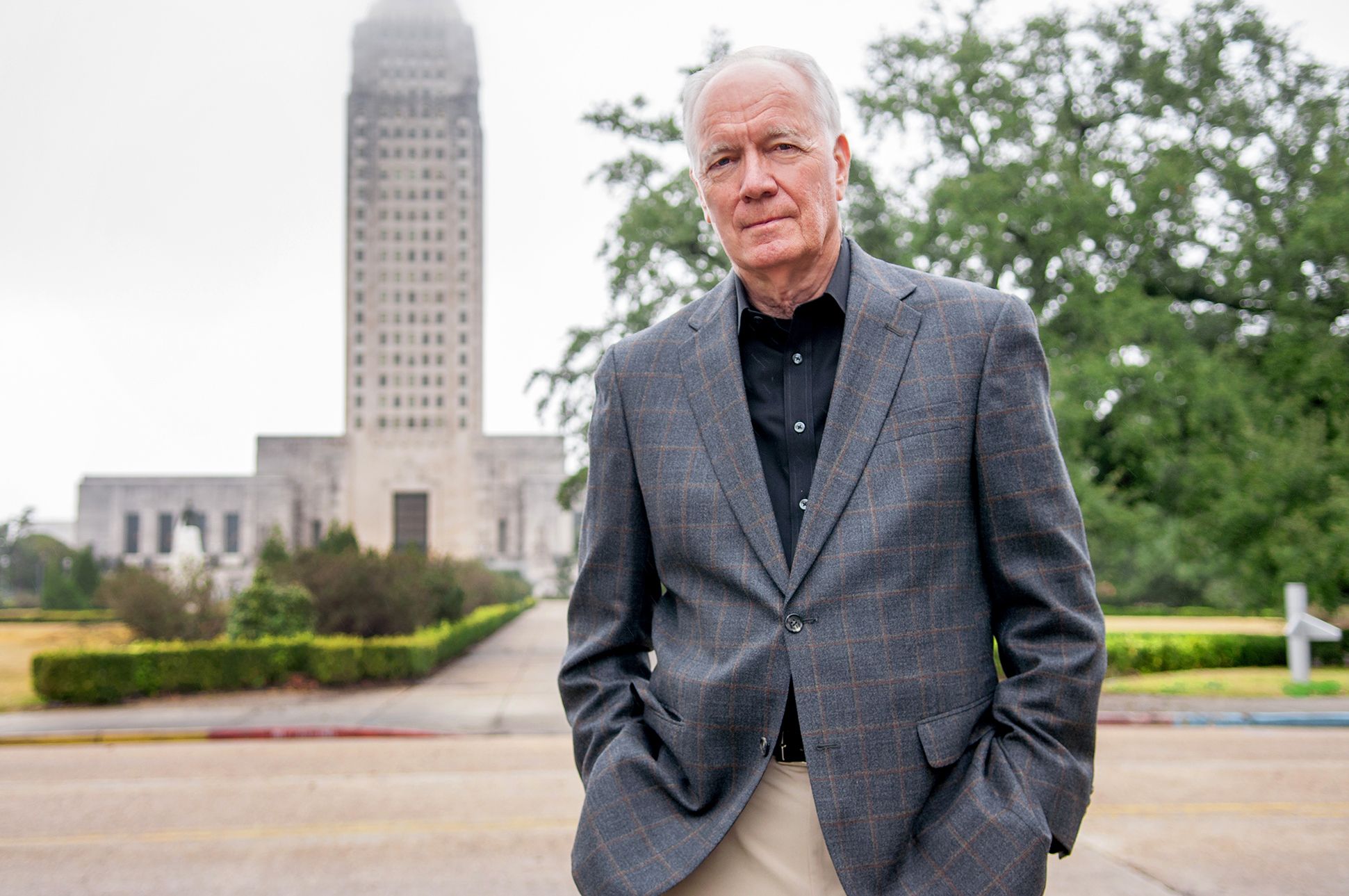
LOREN SCOTT, economist (Don Kadair)
Ahead of the Curve
AEDC shares project timeline information with its industrial members, as well as the local sheriff’s department and parish administration, “so they know what’s going to be happening on the roads,” MacArthur says. “We serve as a connector piece so we can help them in their planning, traffic management etc. They try to stagger events as best they can, but that’s not always possible.”
They also work with GBRIA and River Parishes Community College to identify future workforce needs and to ensure that adequate recruitment and training is under way. “If a project is going to create 50 new jobs, the plant owner will give GBRIA the full breakdown and they’ll loop in the technical colleges,” she adds. “We meet with RPCC quarterly to make sure that they’re providing the right classes and training for now and the long term. That way, we ensure all those numbers are aligning.”
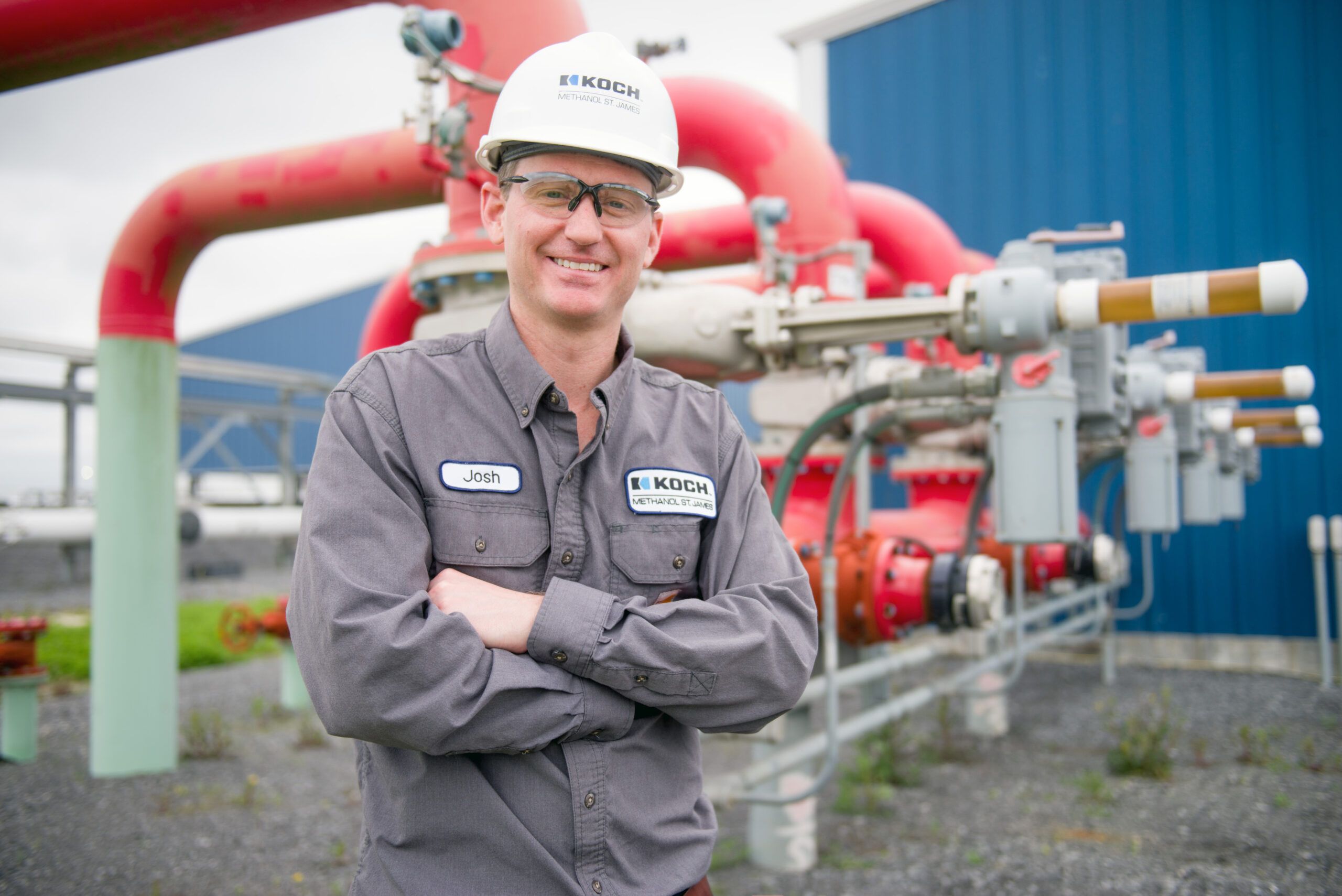
JOSH WIGGINS, plant manager,
Koch Methanol St. James (Don Kadair)
Josh Wiggins, plant manager at Koch Methanol St. James, says he doesn’t expect any issues finding available workers for his plant’s two-year, $150 million optimization project just now ramping up, “but of course as market conditions change and more announcements are finalized there will be a big demand on craft labor, whether welders, pipefitters or boilermakers.
“We’ll ask our contractors for a labor escalation forecast and see if we’ll need to pivot or adapt our current timeline.”
The Koch Methanol Optimization Project is a collection of projects intended to achieve a 25 percent increase of the facility design production rate from about 4,950 to 6,200 metric tons per day of refined methanol.
The project will require some 400 temporary construction jobs at peak. “We’re keeping a close eye on turnarounds and industrial activity in the area to look for any potential future constraints,” Wiggins says. “Ultimately, it’s going to depend on the level of expansion going on around the plant.”
Koch Methanol frequently hires from the local community and offers scholarships through RPCC to area high school students and adult learners, who then receive skills training during a two-year program. They also recently donated $70,000 to St. James Parish Schools.
Yura says even though there aren’t any shovels in the ground yet, Mitsubishi has already begun cultivating a local workforce.
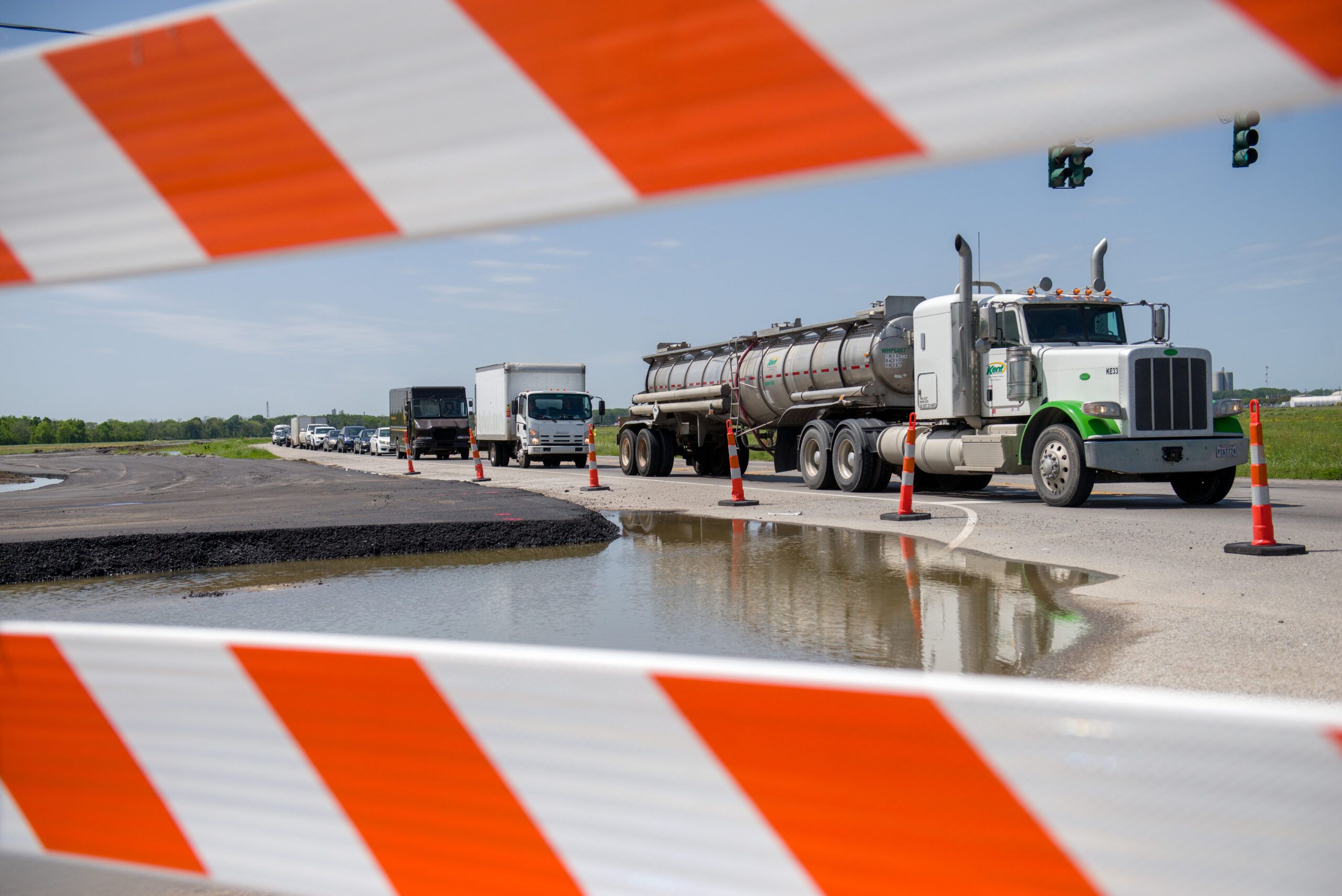
“During this quiet time, we’re visiting people in the community, introducing ourselves and letting them know what types of jobs are coming,” he adds. “We’ll be partnering with RPCC and local high schools and trying to figure out how we can support as many local people as possible to fill the jobs we’re going to need filled.”
For its part, T3 Industrial Solutions hopes to provide transportation to those living in disadvantaged areas, possibly funded by the federal Inflation Reduction Act and/or Justice40 initiatives.
“Transportation can be the difference between having a job and not having a job,” Davis says. “We would love to set up some type of transportation arrangement with the parish or private sector where we would transport these people and give them the same access as everyone else to getting a job.”
At present, they’re determining the best way to structure the effort. “It’s literally one of those things that would benefit everyone,” he adds. “The dollars would stay in the community, and we wouldn’t have to bring people in from Texas.”
Inflationary & Political Headwinds
A host of economic and regulatory variables will ultimately determine just how many projects become reality in the coming months and years. Lingering inflationary pressures, for example, could cause delays or prevent some owners from pulling the trigger altogether.
Mitsubishi’s Yura is actively seeking to partner with other plants to share the cost of some expenses, such as infrastructure, and thereby alleviate the impacts of inflation.
“If you have to build a bridge over a levee to bring in modules for your project, for example, that’s a sunk cost. But if there are multiple companies that can utilize that bridge, instead of one company having to bear all the costs they can spread it around and lower the overall project costs for everyone.”
That could also help reduce traffic disruptions, as only a single bridge would need to be constructed.
“We have a strong industry coalition in Geismar,” he adds, “and we’re beginning active discussions to see how we can help each other.”
Wiggins says Koch Methanol is using mostly existing assets during its optimization project, so he doesn’t expect significant impacts from material price increases or supply chain disruptions. Much of that, he says, has already been factored into the overall project cost and timeline.
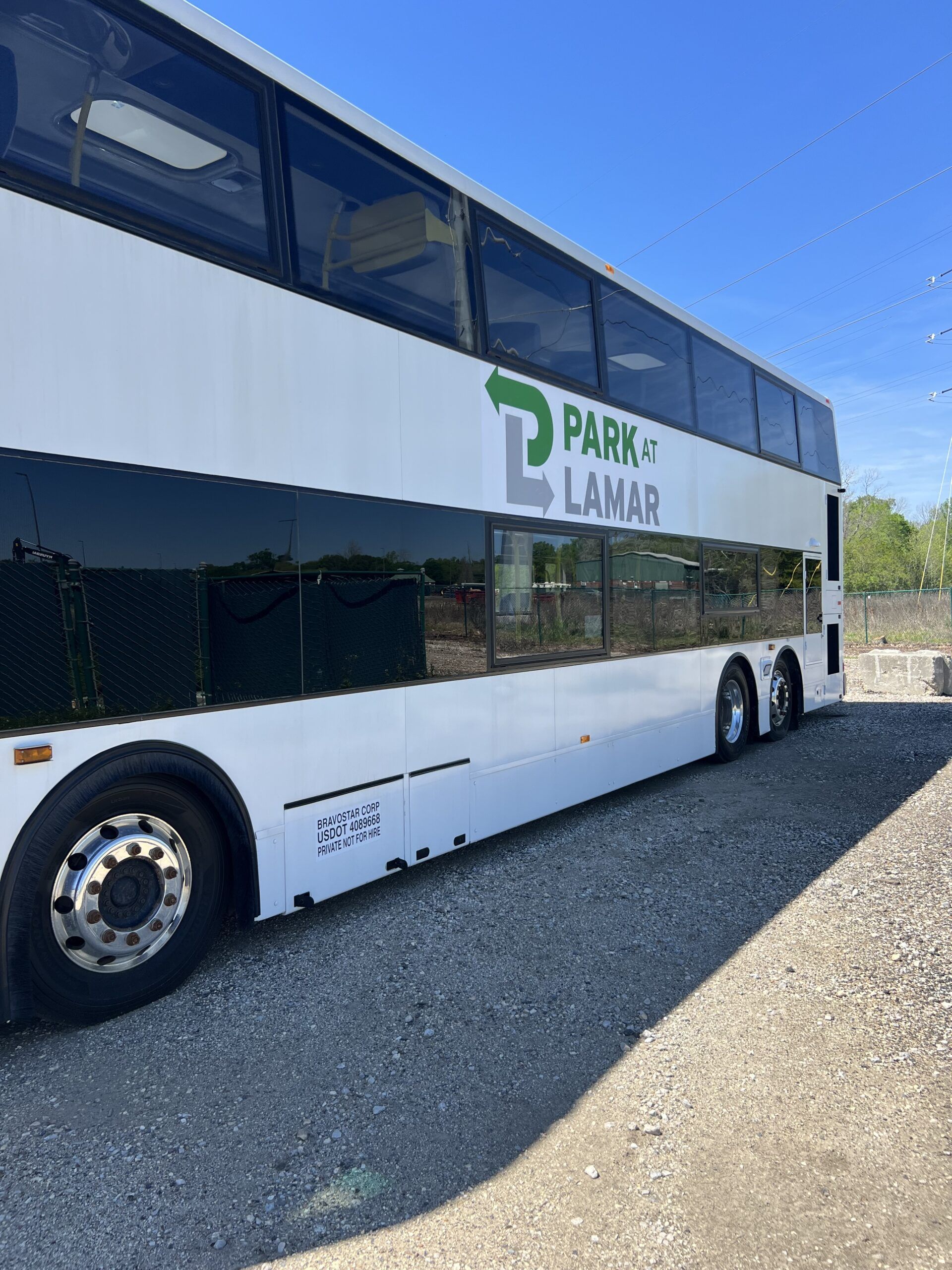
Of course, not everyone’s happy with the proliferation of work coming down in the pike in Ascension and St. James. A years-long battle waged by environmental and community groups has been under way to stop Formosa from building a massive petrochemical complex along the Mississippi River in southern Louisiana. The Taiwan-based chemical giant hopes to build the $9.4 billion petrochemical complex – dubbed the Sunshine Project – on a sprawling 2,400-acre site in St. James Parish.
By and large, though, Ascension Parish has been more welcoming. “Ascension has been very open armed toward industry,” Scott says. “They recognize what it means for their school system and that these plants provide good paying jobs, and they’re going to town.”



